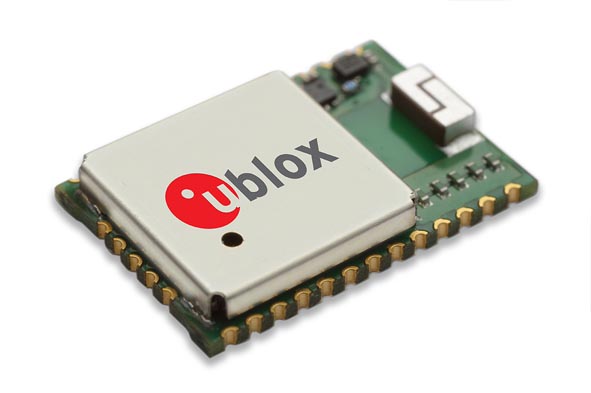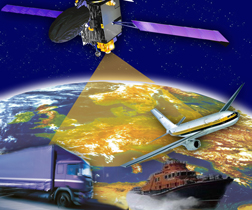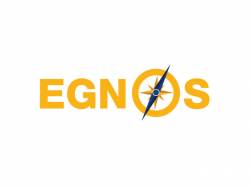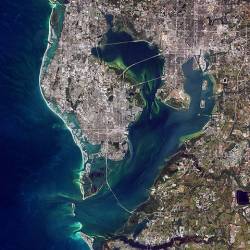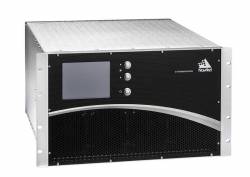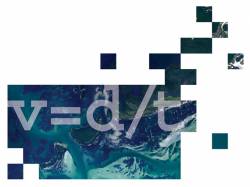New NovAtel Firmware Enables CORRECT Positioning Combined with TerraStar PPP
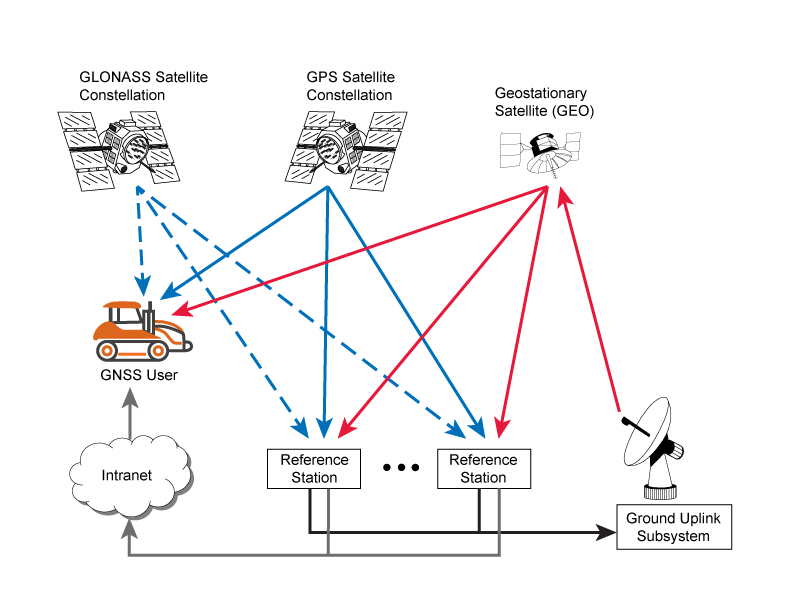 NovAtel CORRECT with TerraStar precise point positioning
NovAtel CORRECT with TerraStar precise point positioningNovAtel Inc. has announced that, with the release of its 6.400 firmware, NovAtel CORRECT positioning technology is now available with TerraStar’s precise point positioning (PPP) corrections.
By Inside GNSS

